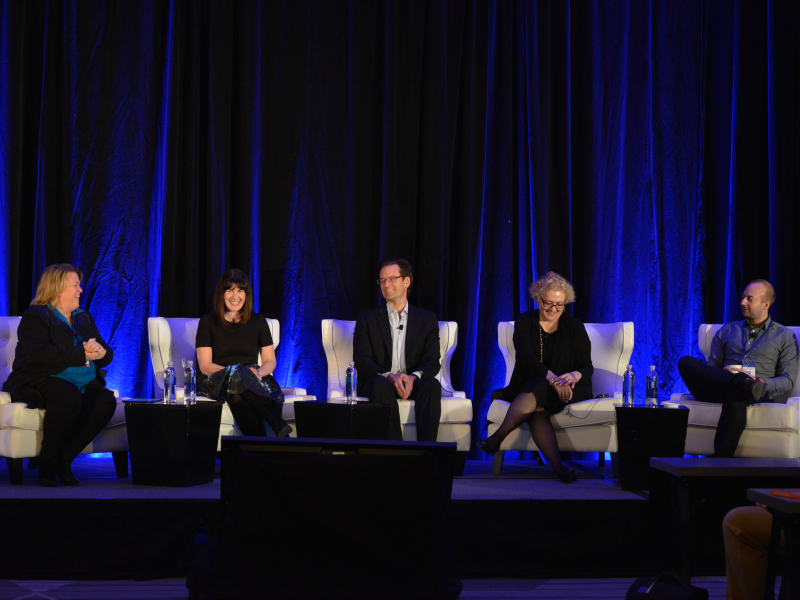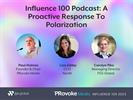Aarti Shah 16 Feb 2017 // 8:33PM GMT

CHICAGO — The post-truth reality where emotion, rather than facts, drives decision-making has been thrust to the spotlight in the aftermath of the geopolitical shifts of 2016 and was a topic of discussion at the Holmes Report's In2 Summit North America in Chicago today.
The session — moderated by MWWPR’s Careen Winters — tackled the challenges for brands to connect with consumers on an emotional level, drawing lessons from Brexit and Trump’s surprise win.
“It’s emotional responses that ultimately drive behavior,” said Nielsen Consumer Neuroscience’s Carl Marci. “When the brain is under threat, it retracts to what’s familiar and that’s often our own tribe. The polarization we’ve seen is a result of perceived threats.”
Sonya Soutus, Nature’s Bounty, pointed out that everything is considered suspect now — even positions that are based in science. In turn, this puts pressure on brands when dealing with especially passionate consumers around corporate values.
“You can’t separate brands from companies anymore — consumers are very savvy,” Soutus noted. “Google means it takes two minutes to figure out who owns a brand...Consumers look for companies to show their backbone. The blurred line between marketing, advertising and PR means we have to be authentic.”
The Chicago Bulls’ Dan Moriarty said that values should be considered a “bank account” that a company can draw from because “it’s easier to shift someone from neutral to positive than from negative to positive.” He added that brands spend 95% of their budgets talking about themselves. They should give equal billing to employees, fans, customers and even haters.
Amy Dacey, former CEO of the Democratic National Committee, touched on the challenge of storytelling while also attempting to right ‘wrongs’ that are being disseminated. She also pointed out the role that technology has played in blurring lines between emotion and fact.
“People go to Facebook to say happy birthday to their cousin, find a recipe for dinner and then also read about politics or sports — it’s all coming from the same place now,” Dacey said. “The news today is constantly changing the context where you tell your story. Your company's values should be your guide.”


































.jpg)
















